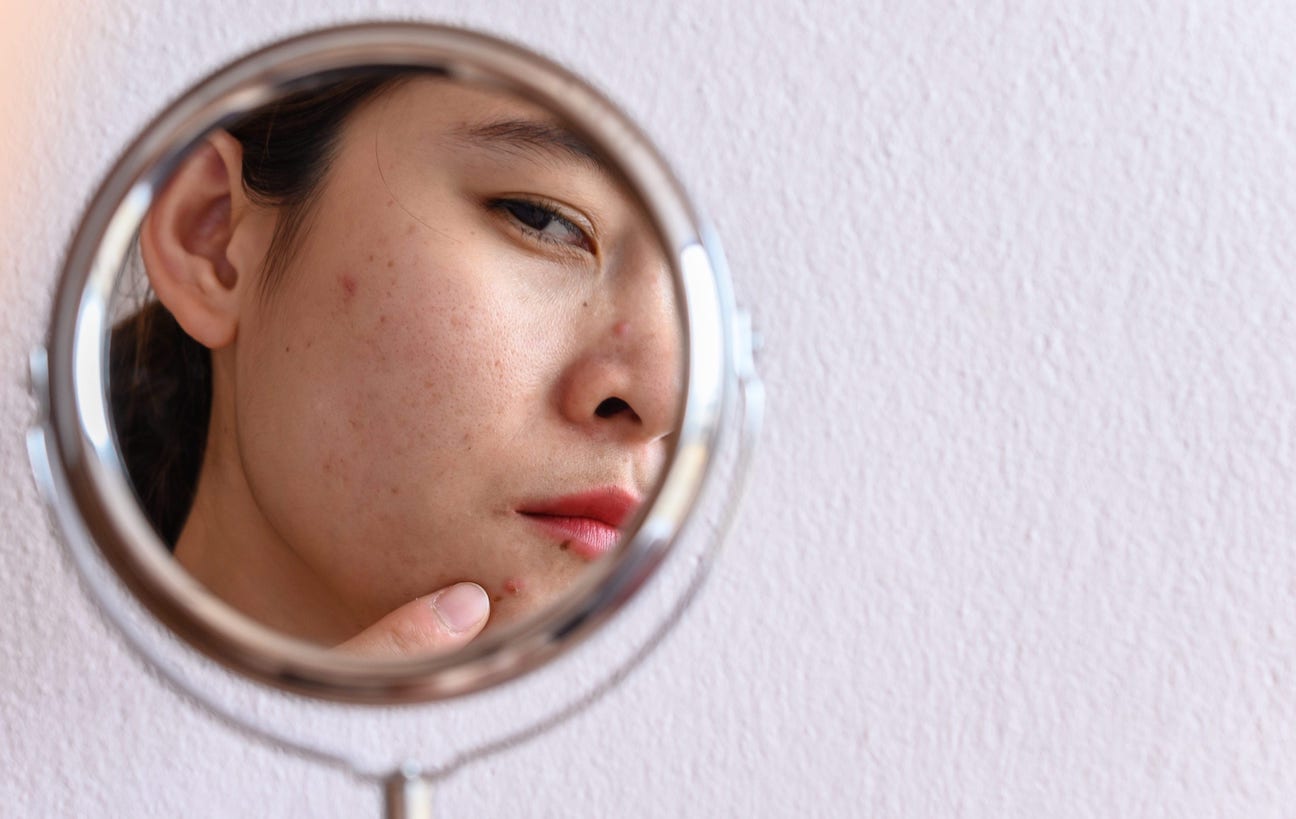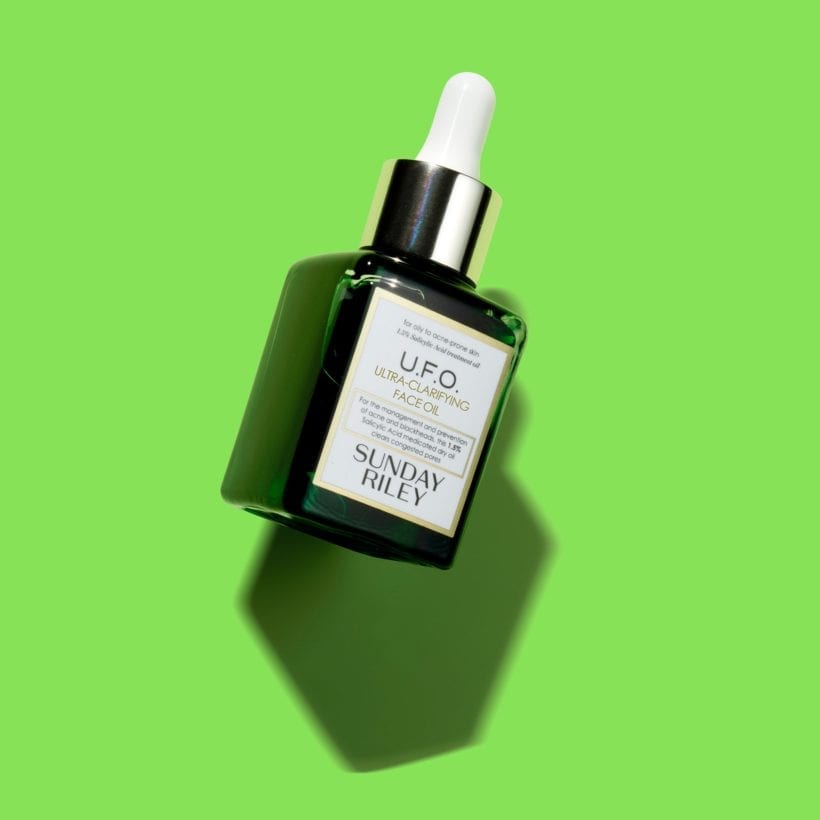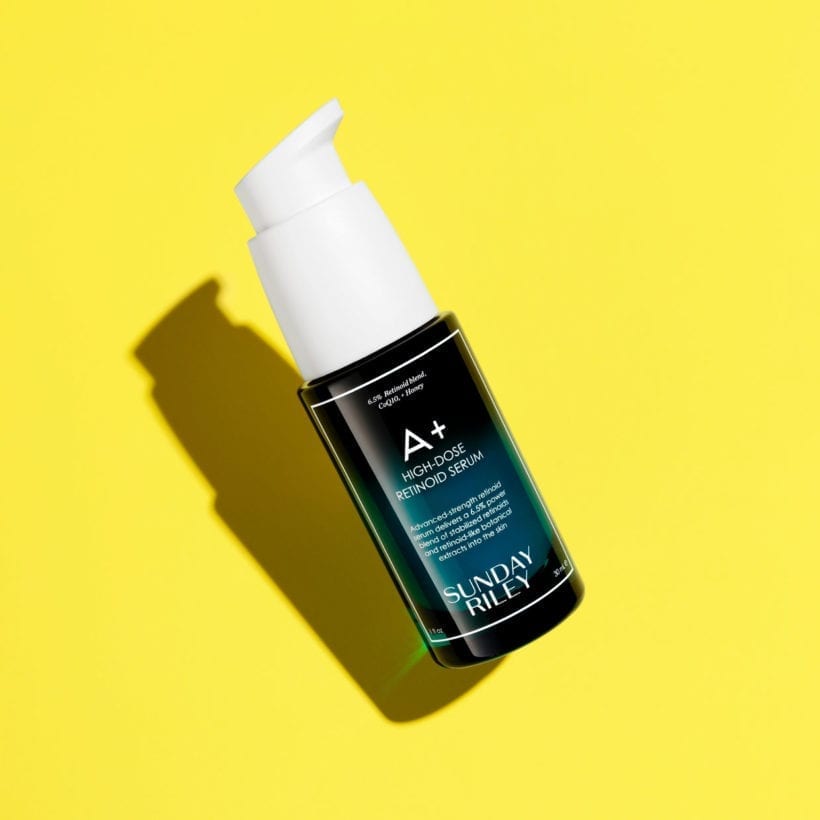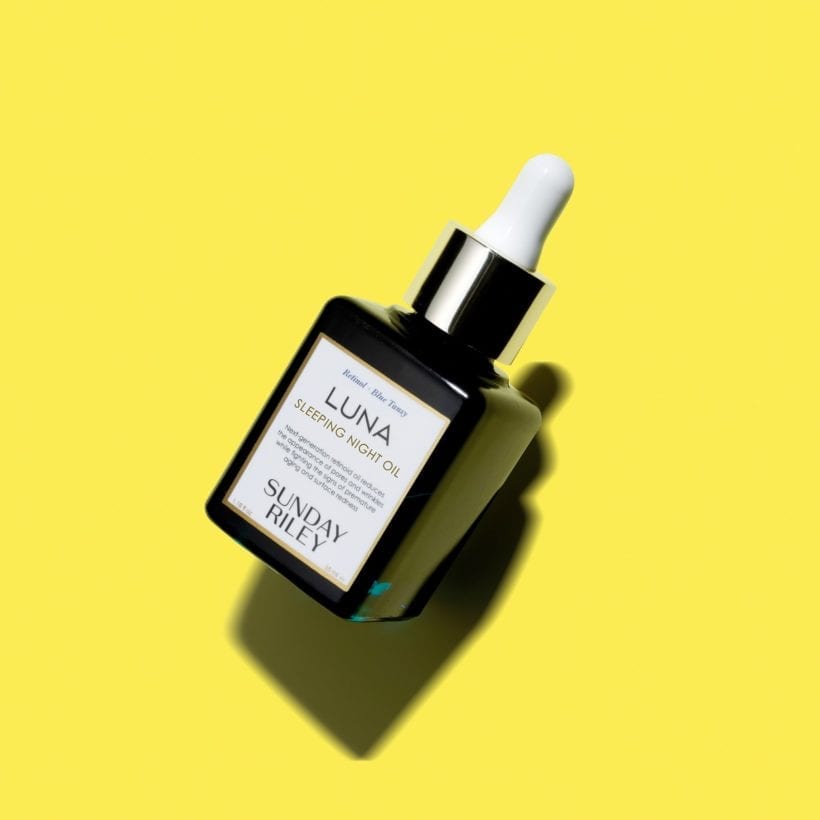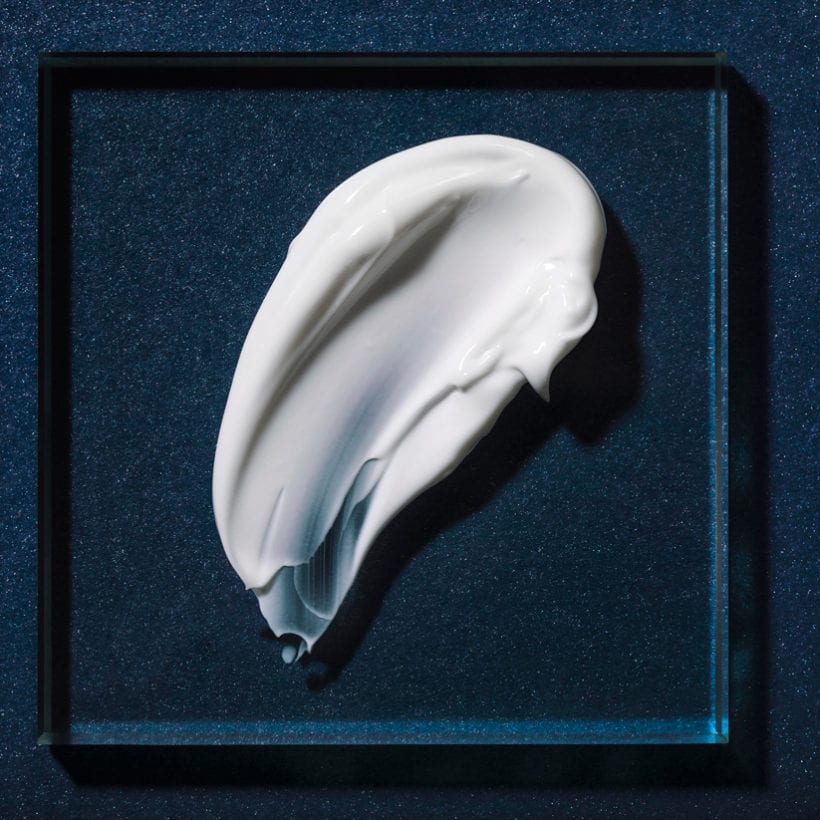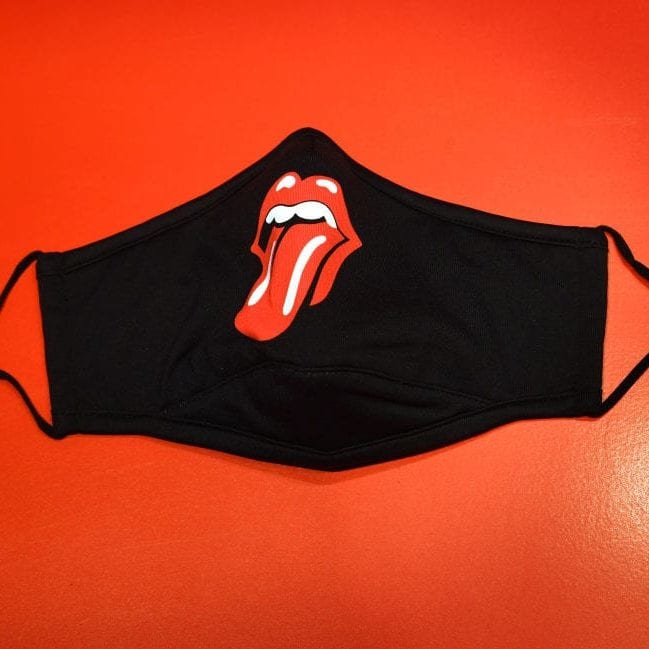If acne is like the unwelcome aunt that pops over without calling first, acne scarring is like that aunt’s twin sister who decided to take permanent residence on your couch. You want to get rid of her — fast. Start with this handy guide with the help of Dr. Y. Claire Chang, a board-certified cosmetic dermatologist at Union Square Laser Dermatology in NYC.
How to Spot an Acne Scar
At a glance, it’s a bit tricky to tell the difference between hyperpigmentation (which occurs from inflammation when you get a pimple) and what’s truly a scar. You can tell if it’s hyperpigmentation if it’s flat and brown, purple or red. An acne scar is permanent collagen damage that’s depressed (atrophic) or raised (hypertrophic). If you have cystic acne (the most serious kind of acne that lies deep in your skin), you’re unfortunately more prone to scarring. “Acne scarring occurs to some degree in up to 95% of acne patients,” says Chang. “Correctly identifying the type of scar is important because the optimal treatments are often different based on the type of scar. Oftentimes, multiple types of acne scars can be observed in the same patient.” Let’s dig into the main types:
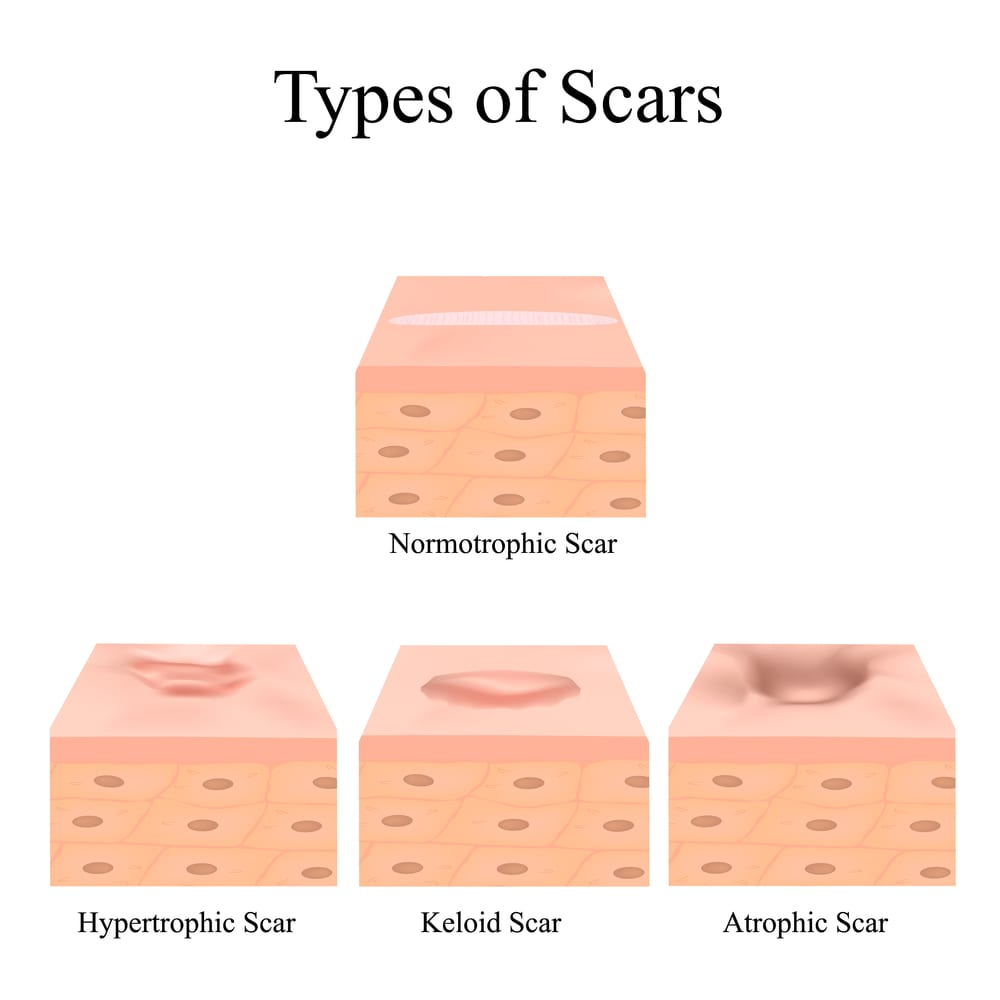
- Atrophic acne scars are due to loss of collagen and elastic fibers deeper in the skin, says Chang. “Specific types for atrophic acne include ice-pick (they have an opening that is wider than the deeper region, forming a ‘V’ or ice-pick shape), box-car (broad depressions with sharply defined edges and a flat bottom) and rolling scars (broad depressions with sloped, non-distinct edges),” she says.PHOTO
- Hypertrophic acne scars or keloids are due to an overgrowth of collagen in an effort to heal the area where the acne used to be. “These are often larger than the original acne lesion and they look thick, firm and they’re raised above the level of your skin,” says Chang. In terms of color, they can range from flesh-colored to pink and they will sometimes itch, feel tender or tight.
Why Does Acne Scarring Happen?
“Acne scarring typically occurs due to inflammatory acne — the kind that is large and pink or cyst-like,” says Chang. “Inflammatory acne occurs when a follicle or pore becomes clogged with excess oil, make-up, skin cells, and bacteria. This clogged pore can rupture underneath the skin surface resulting in skin injury and inflammation. Acne scars occur due to the wound healing process after inflammation, which results in haphazard collagen growth and degradation,” she says.
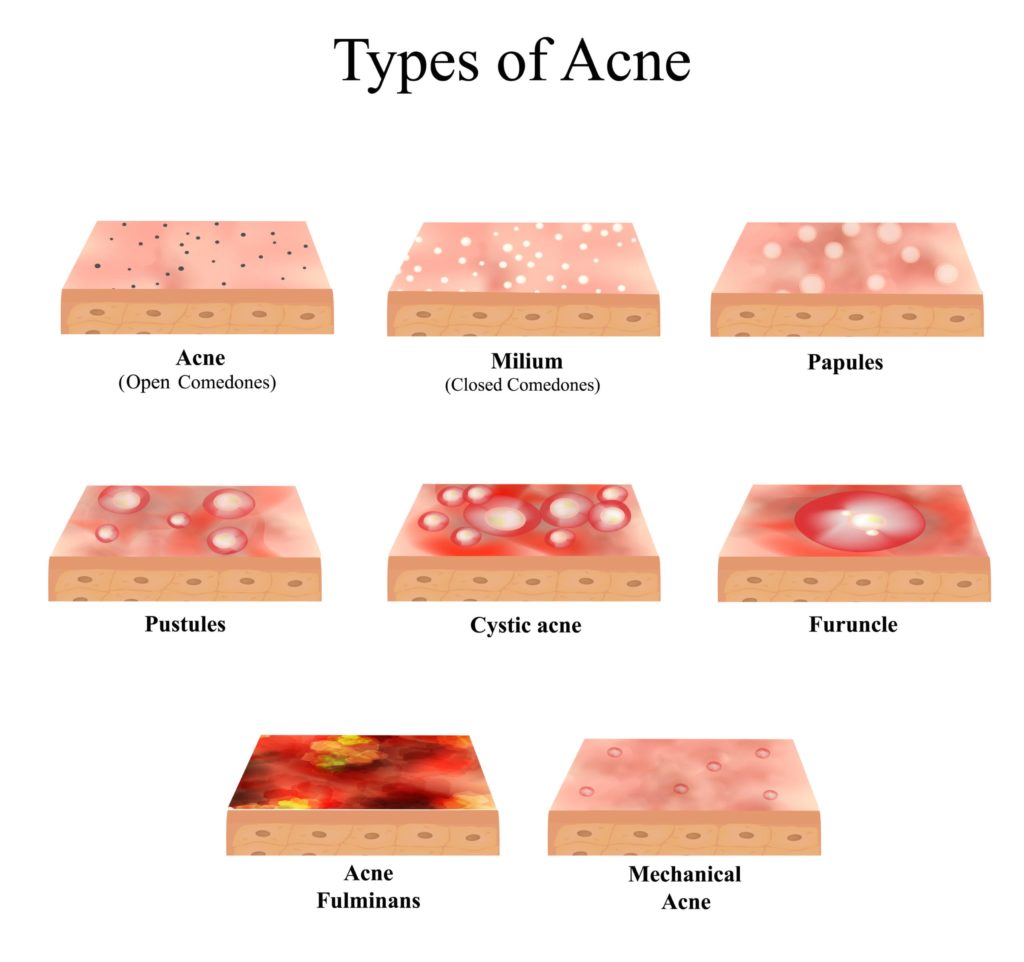
It’s possible that genetics play a role in making you pre-dispositioned to forming scars. “The longer and more severe the acne, the increased risk of scarring,” she adds. And, of course, any additional trauma (e.g. using an abrasive scrub or picking at your skin) will worsen inflammation and make the healing process longer.
How to Prevent Acne Scarring
The best way to prevent them is to be diligent about your acne-fighting skincare routine (but don’t worry, if the damage is already done, we’ll get into how to treat it). Your regimen will have tweaks based on the type of acne that you usually get and your skin type, but the most effective non-prescription products include ingredients that slough off dead skin and clear out your pores: AHAs (alpha-hydroxy acids) like lactic or glycolic, BHAs (beta hydroxy acids) like salicylic and retinoids/retinol (vitamin A derivatives) are the heavy hitters when it comes to fighting acne.
If you still end up with a blemish anyway, resist the urge to poke and prod at it. The bacteria from your fingertips could potentially lead to infection and if you squeeze it the wrong way, it’ll damage your skin tissue.

How to Treat Acne Scars
Unfortunately, though we wish there was one single method that’ll work on each particular type of acne scar, the reality is that it might take a mix of different treatments to find improvement. The good news is that you have options and the most effective ones will be treatments you can receive by your dermatologist. Bonus: with quarantine in place, the recovery process is a lot easier so you can give your skin time to heal.
If you have an ice-pick scar… Consider punch grafting. This method starts with removing the scar tissue from your skin and then filling it with a little skin graft from somewhere discrete on your body (like behind your ear) to level it out. Sometimes, it makes the area a little more elevated, but the ice-pick scar looks less noticeable than before. It’ll take about a week to heal.
If you have a box-car scar… Consider fillers. “Filler injections into atrophic scars aim to replace the lost volume and stimulate collagen production in the skin. Hyaluronic acid fillers are the most common fillers used for treating atrophic scars,” says Chang. Though the process only takes a few minutes, they only last temporarily — usually up to two years. “Permanent filler options are available, but not typically used as first-line treatment because they are not reversible,” she says.
If you have rolling scars… Consider a laser resurfacing. “There are multiple types of lasers that treat acne scarring and depend on a few factors: the type of acne scars, patient pain tolerance, side effects and your practitioner’s expertise/training,” says Chang. One effective laser is called non-ablative, which uses heat to remove underlying layers of skin without wounding it. “They have shorter downtown than ablative lasers (which remove the top layer of skin), but often require more treatments,” she says. The healing process for non-ablative lasers takes only a few days compared to a few weeks with ablative lasers.
If you have hypertrophic scars… Consider a cortisone injection. Corticosteroids are known to help slow down the production of collagen and they have anti-inflammatory properties. You’ll likely have to get these injections about every four weeks, but the good news is that it only takes 15 minutes.
Other popular in-office treatments include microneedling, which “involves controlled puncturing of the skin to stimulate collagen and even skin texture. A sharp needling device is used to create small injuries in the skin which triggers a wound-healing process that releases growth factors and promotes collagen production,” says Chang. It’s effective for all types of atrophic scars and a typical course of treatment is at least three to six monthly procedures since it takes that long to see results.
Microdermabrasion is another option that involves “sterilized sandpaper, wire brush, serrated wheel, or diamond-embedded fraises to abrade the outer layer of your skin,” says Chang. “While dermabrasion may be helpful in softening sharper edges of acne scars, the treatment is highly dependent on the operator or practitioner and if performed incorrectly, can lead to pigmentation changes or scarring,” says Chang.

If you’re in-between derm appointments or an in-office treatment is simply out of your budget, there are still plenty of over-the-counter acne scar treatment options that you could use topically. It’ll take longer to see results than an in-office procedure but they can be more cost-effective.
- Chemical Peels: “These involve chemicals like AHAs (alpha-hydroxy acids like glycolic or lactic) or BHAs (beta hydroxy acids like salicylic) to dissolve and remove the outer layers of your skin and reveal new, healthy skin underneath,” says Chang. Glycolic acid and salicylic acid are the most commonly used at-home superficial chemical peels to treat acne scarring. Acid peels come in different strengths so you can start with a lower strength and work your way up to make sure your skin doesn’t have a poor reaction. There are also stronger in-office chemical peels that will offer greater efficacy.
- Topical retinoids/retinol: “Topical retinoids, which are prescription-strength vitamin A derivatives, are the first-line treatment for acne and may also help with acne scarring,” says Chang. “Not only can topical retinoids prevent and treat acne, but they can decrease acne blemishes and even skin texture by stimulating collagen. Topical retinoids are my topical treatment of choice for patients who are suffering from both active acne and acne scarring.”
- Vitamin C: “A powerful antioxidant, it helps protect the skin and has also been shown to brighten the skin and lighten dark spots. It may help with post-inflammatory hyperpigmentation from acne lesions,” says Chang. You can take vitamin C supplements or find products that are prominent with the superstar ingredient.
Here is the Sunday Riley routine we recommend:
The A.M. Acne Scar Treatment Routine
- U.F.O. unclogs congested pores and gently brightens the appearance of imperfections while soothing blemish-prone skin.
- C.E.O. Serum helps improve the appearance of dark spots and discolorations while brightening dull-looking skin and evening out skin tone.
- Good Genes Glycolic Acid Treatment helps exfoliate the surface of the skin and improve the look of texture by removing pore-clogging dead skin cells while brightening the appearance of discolorations.
The P.M. Acne Scar Treatment Routine
- A+ High-Dose Retinoid Serum improves skin clarity and uneven skin texture while reducing the appearance of imperfections.
- Luna, a retinol oil that helps to reduce the appearance of uneven skin texture while calming the skin, reducing the appearance of surface redness, for a calm complexion.
- Good Genes Glycolic Acid Treatment.
- LED light therapy: “Blue or red light can help reduce inflammation and kill acne-causing bacteria. I recommend it to help prevent and treat inflammatory acne,” says Chang.
Don’t be discouraged if it’s a bit of trial and error to figure out how to treat cystic acne scars and what works best for your unique situation. Remember to level-set your expectations: “It takes significant time — months to years — and patience to treat acne scars and most often they won’t go away completely,” says Chang. The most important lesson in your acne scar journey is that your complexion doesn’t determine your self-worth. You can find confidence in your skin with or without acne scars.
We only recommend products we have independently researched, tested, and loved. If you purchase a product found through our links, Sunday Edit may earn an affiliate commission.
